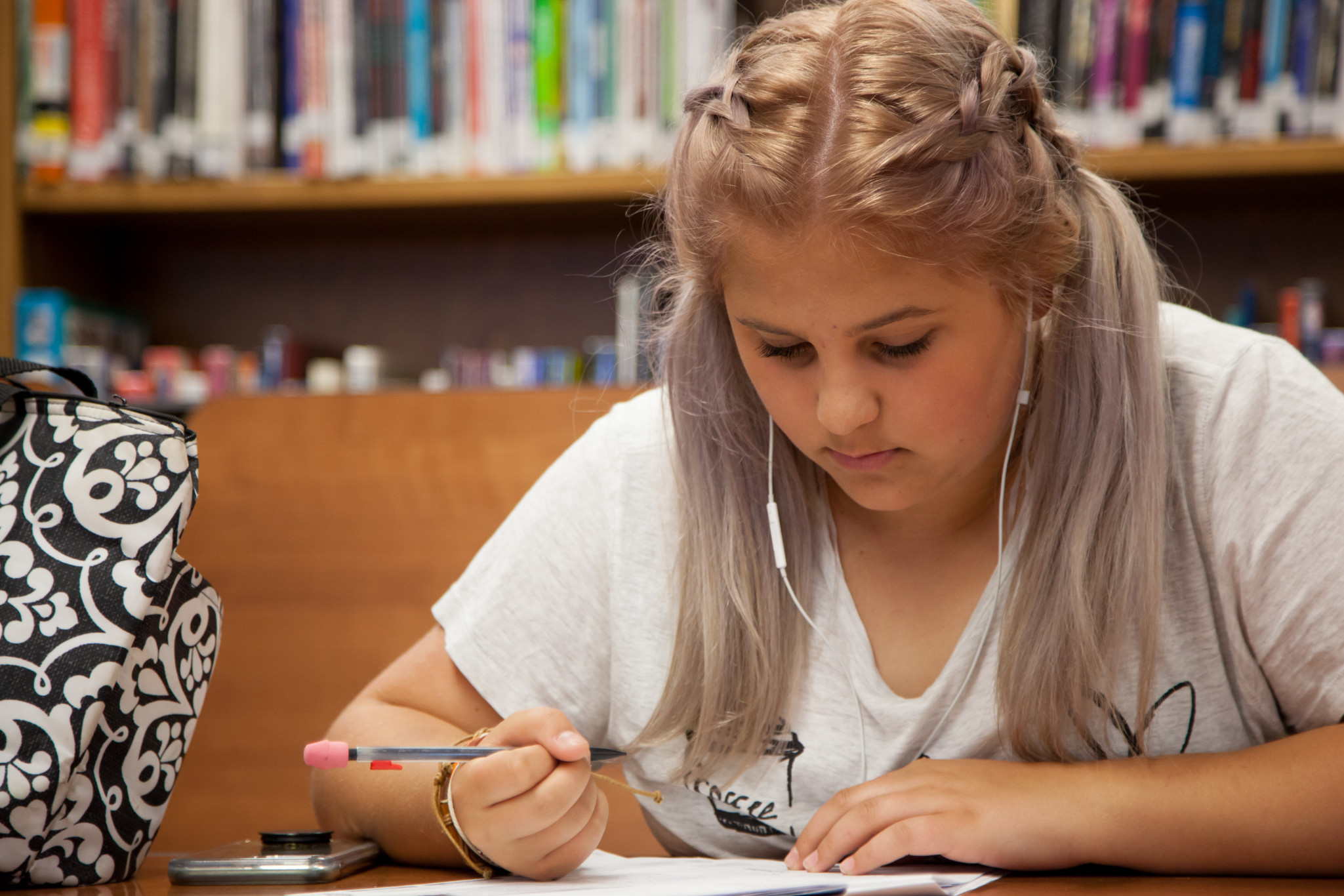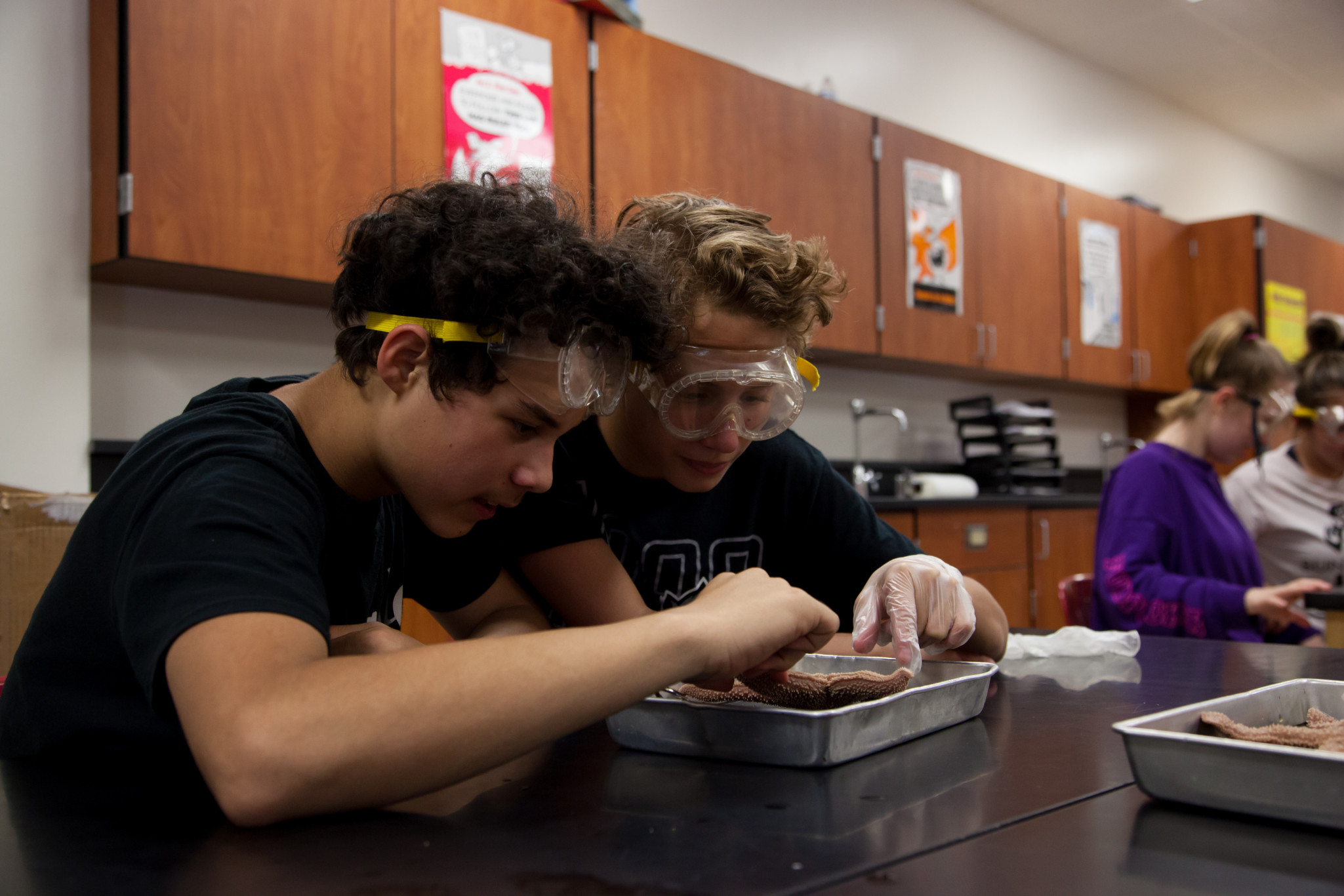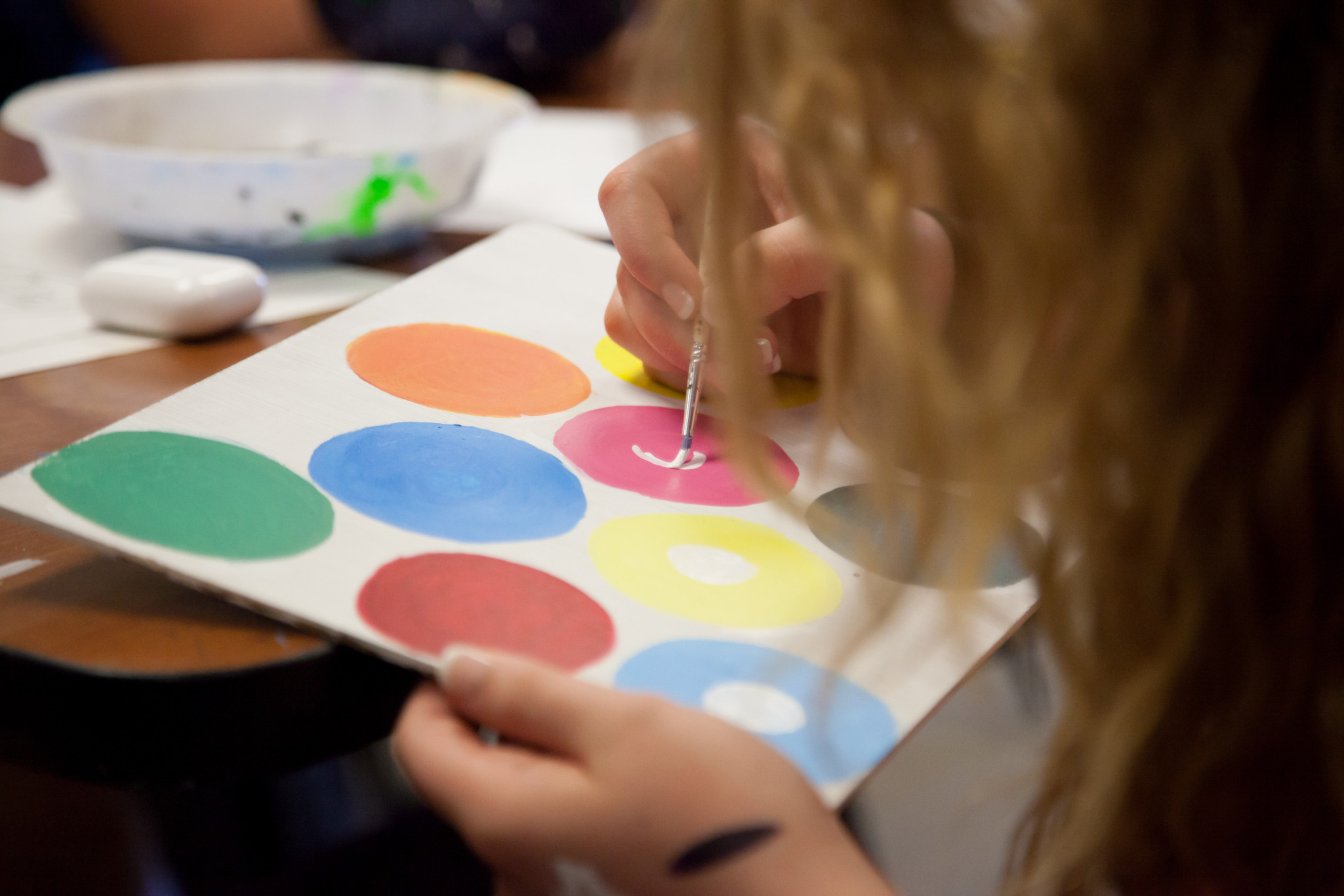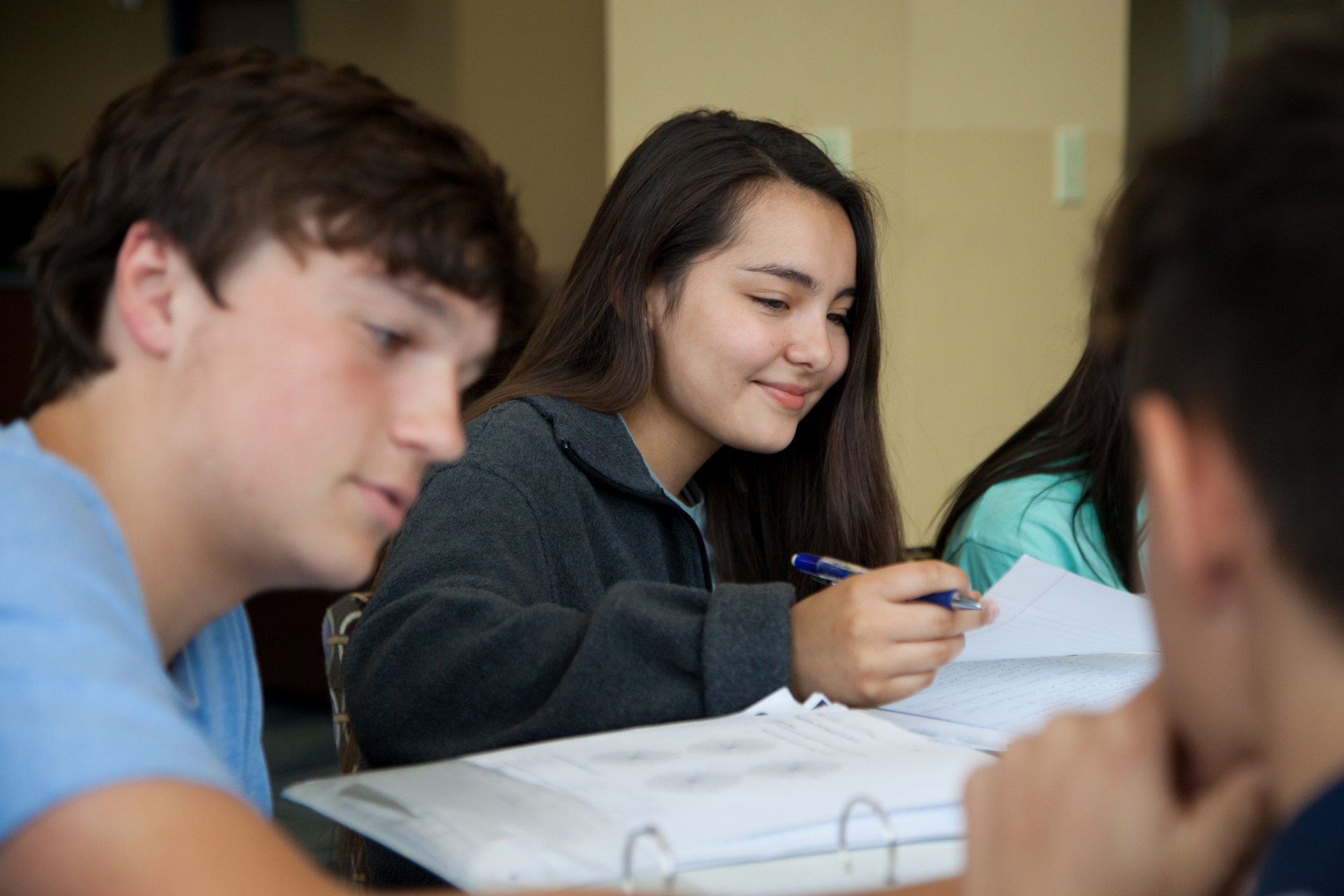Improving education is essential to doing better for Arkansas kids. It is also essential for our society – to ensure that Arkansas’s economy grows and that Arkansas residents and communities thrive.
In this report we focus primarily on the question: What must we do as a state to change the current educational reality and provide students with the experiences they need to be thriving adults?
In many ways though, identifying what is most important for students is the easier task. As we have shown, our state has focused on many of these areas for some time and made foundational progress. Still, significant progress on student outcomes remains elusive.
So then, as we move forward, we believe the most important question for our state is: How can we approach change in education differently to dramatically accelerate progress in producing better outcomes for every Arkansas student?
To provide a starting point for the next five years, we outline a set of five guiding next steps that we hope will galvanize Arkansans around the goal of doing better for our kids and inform our collective efforts as a state.





